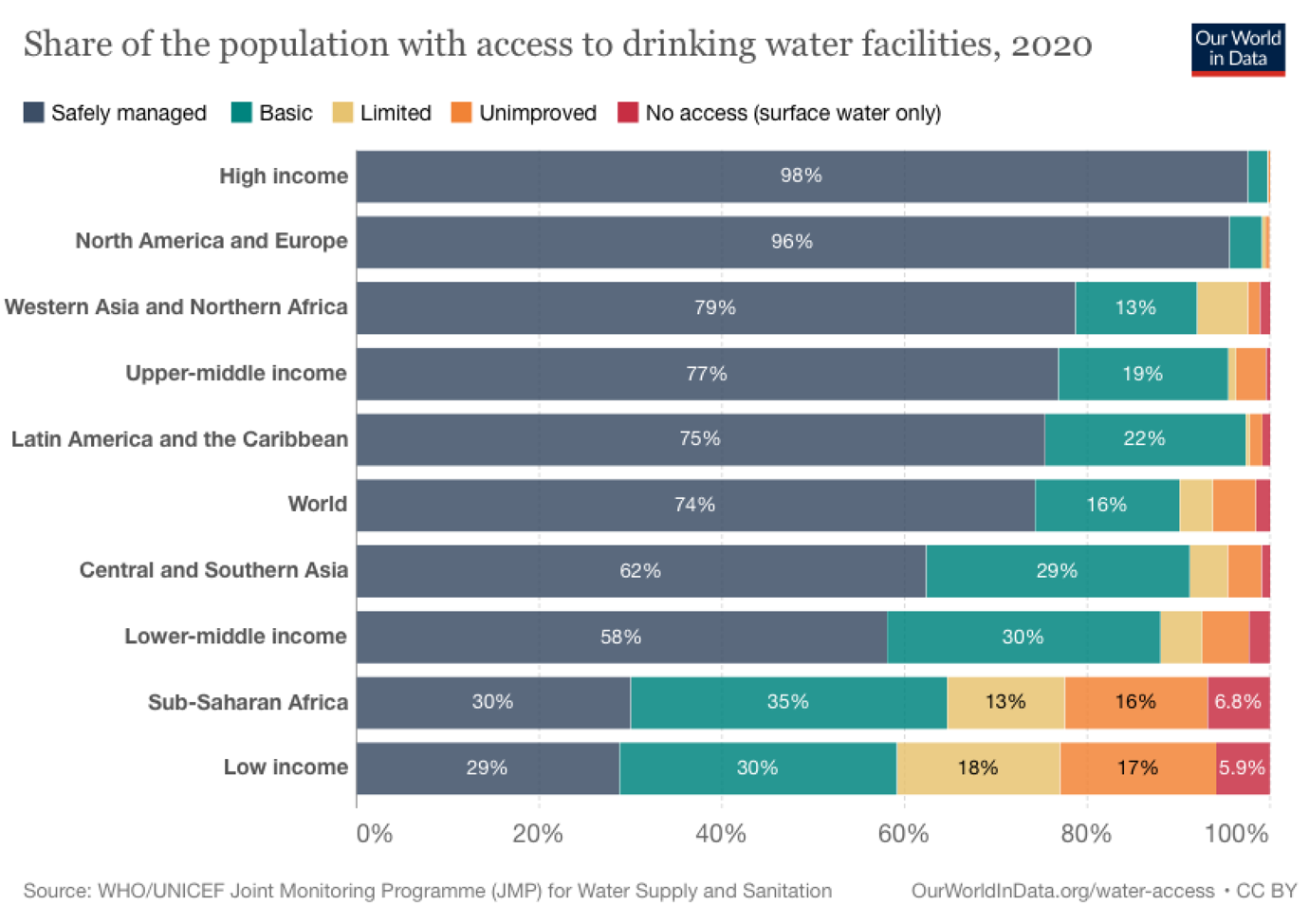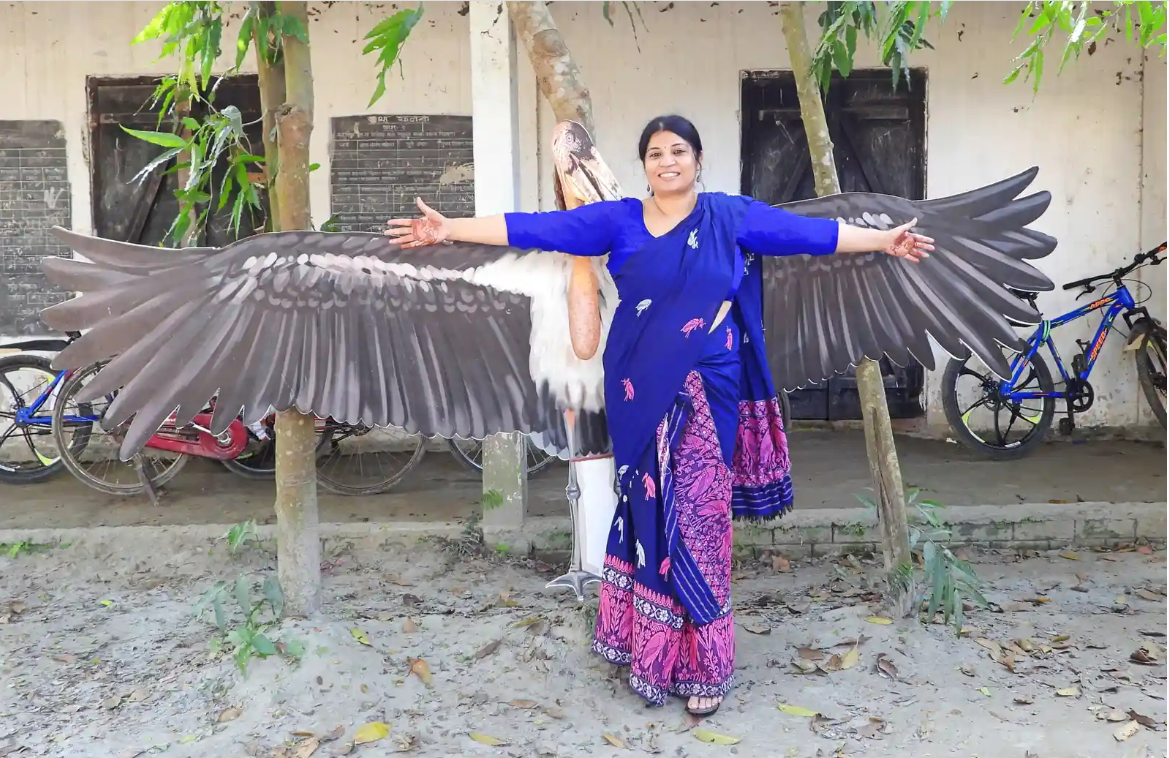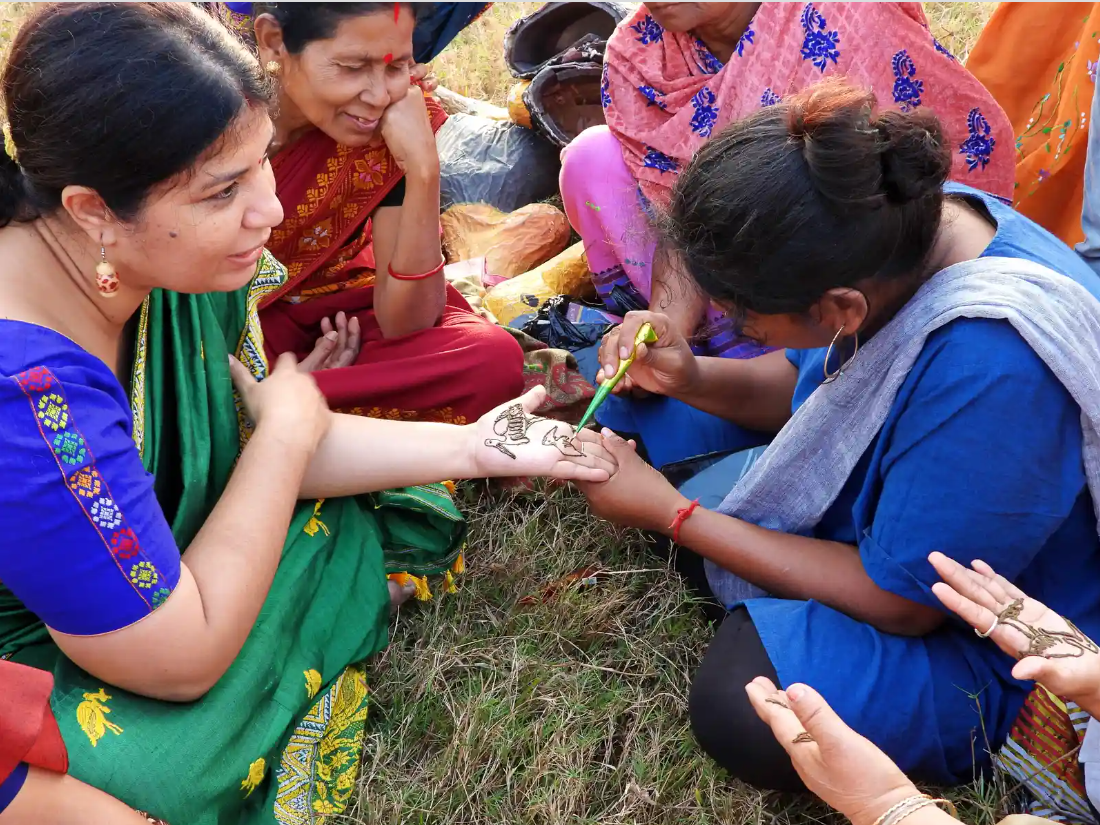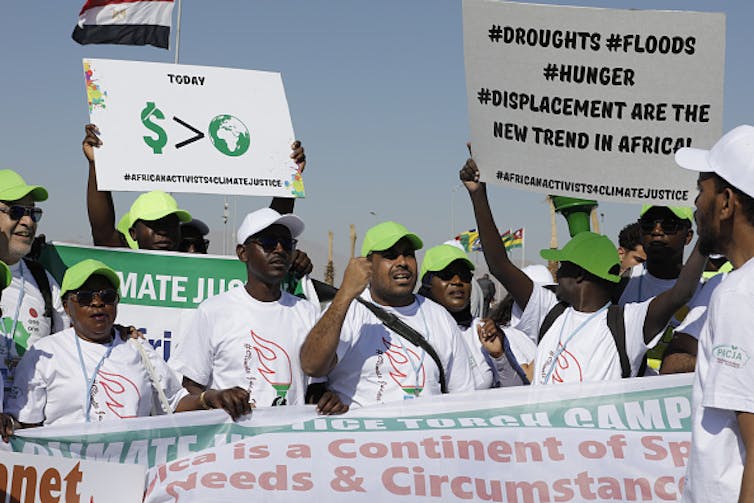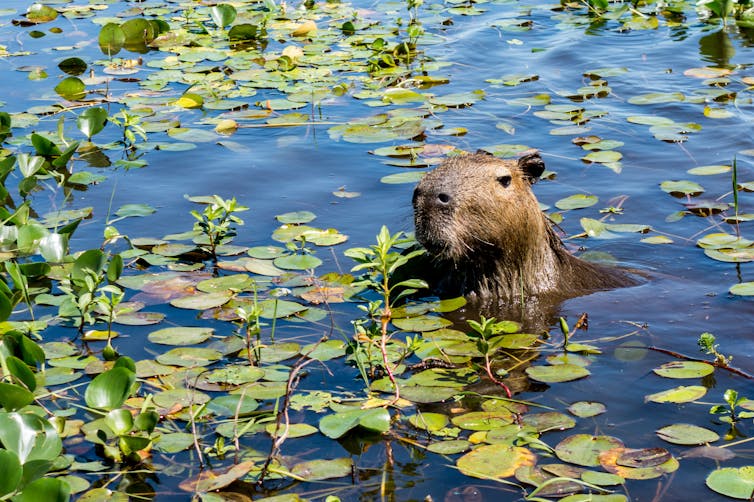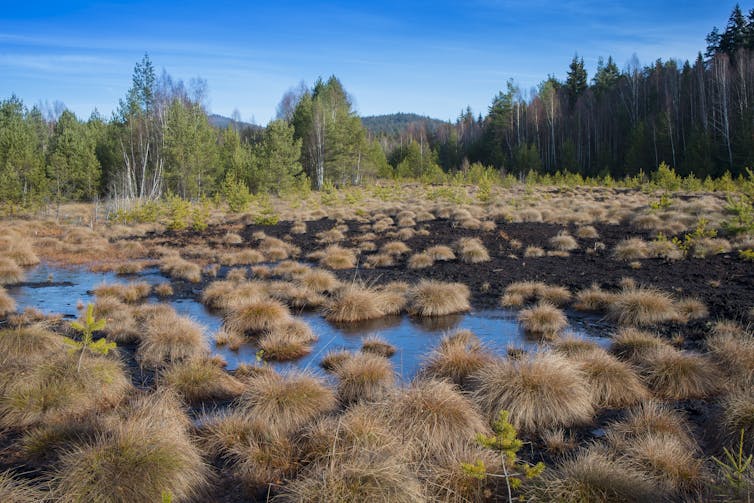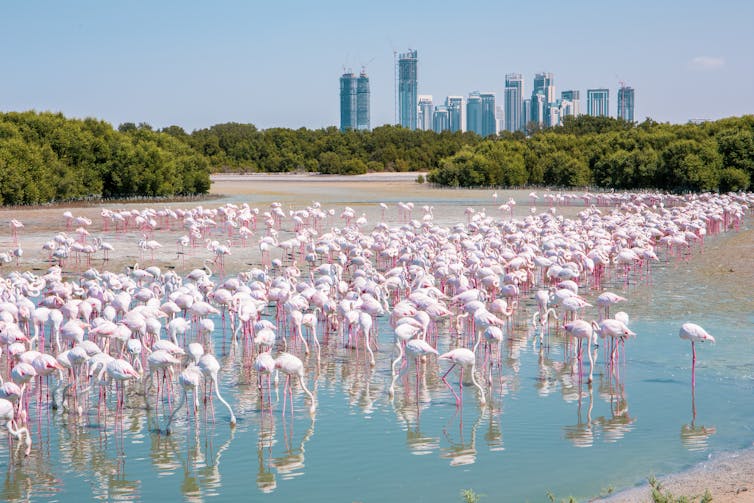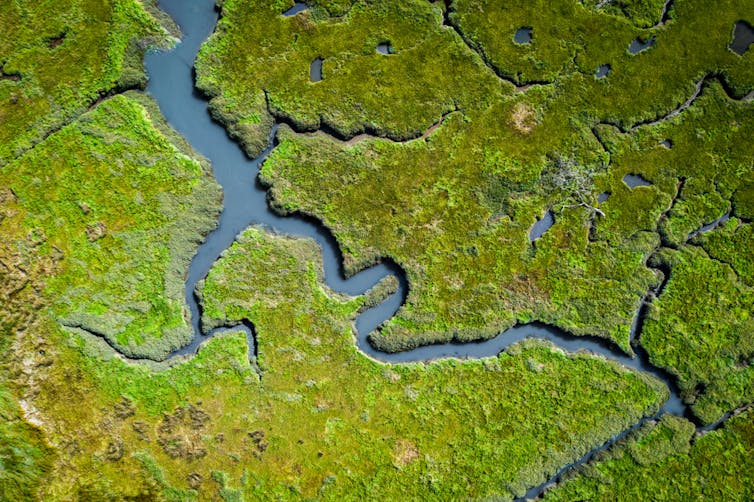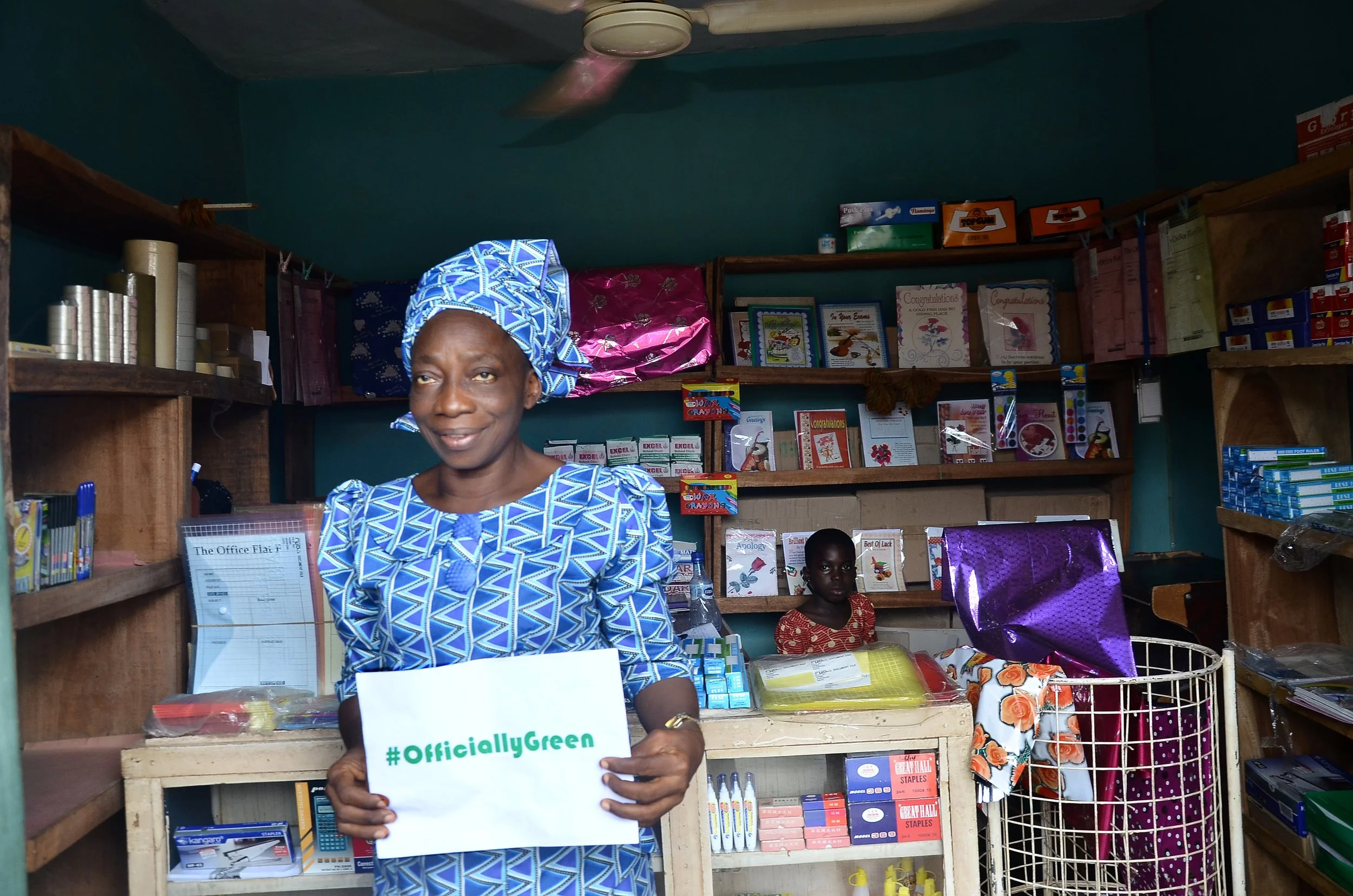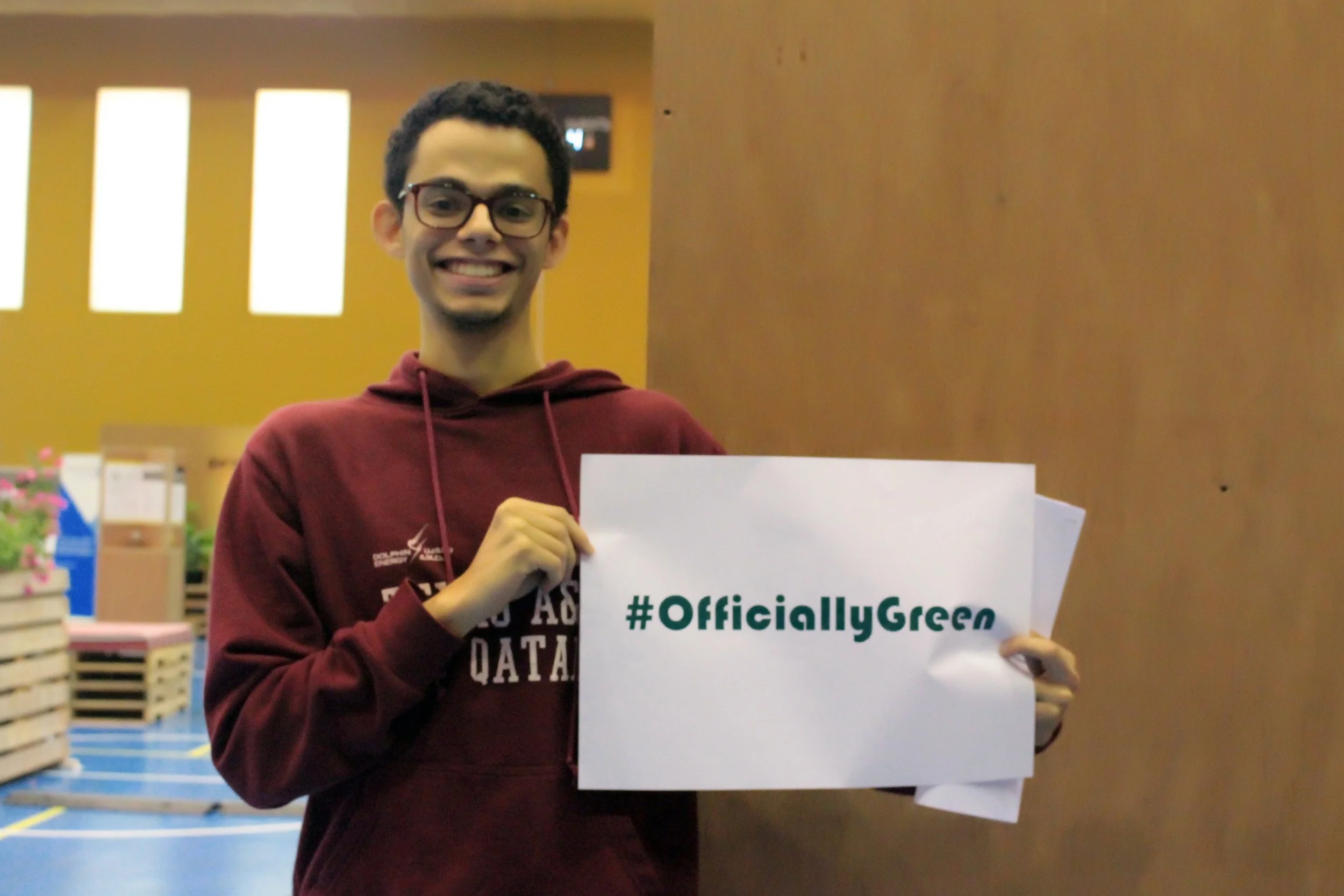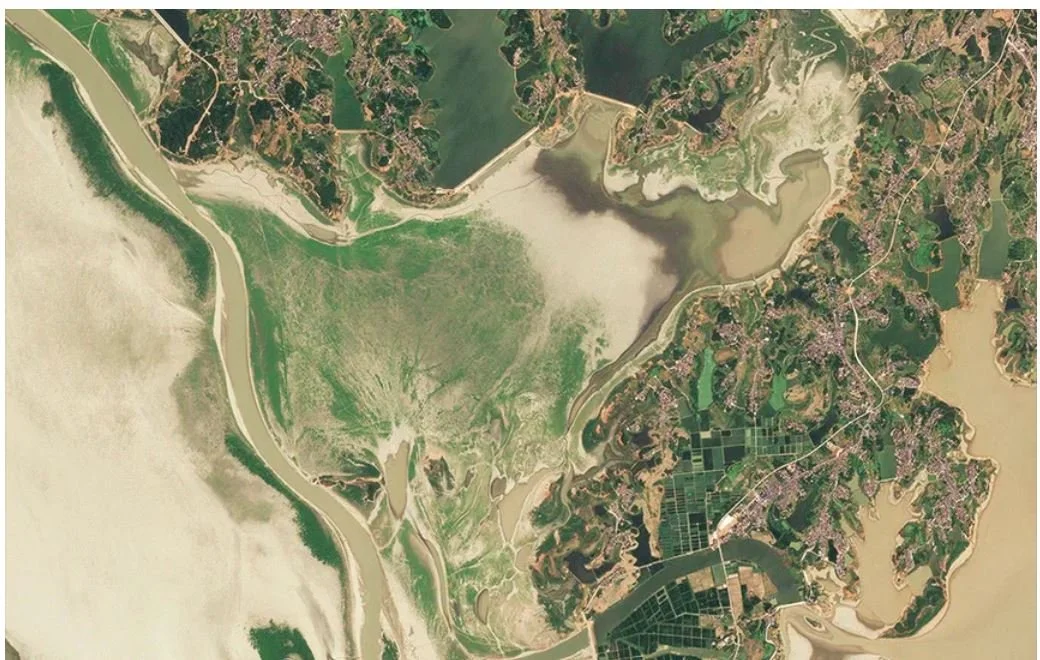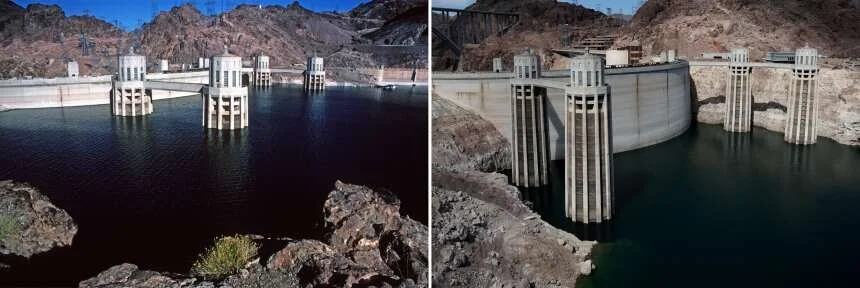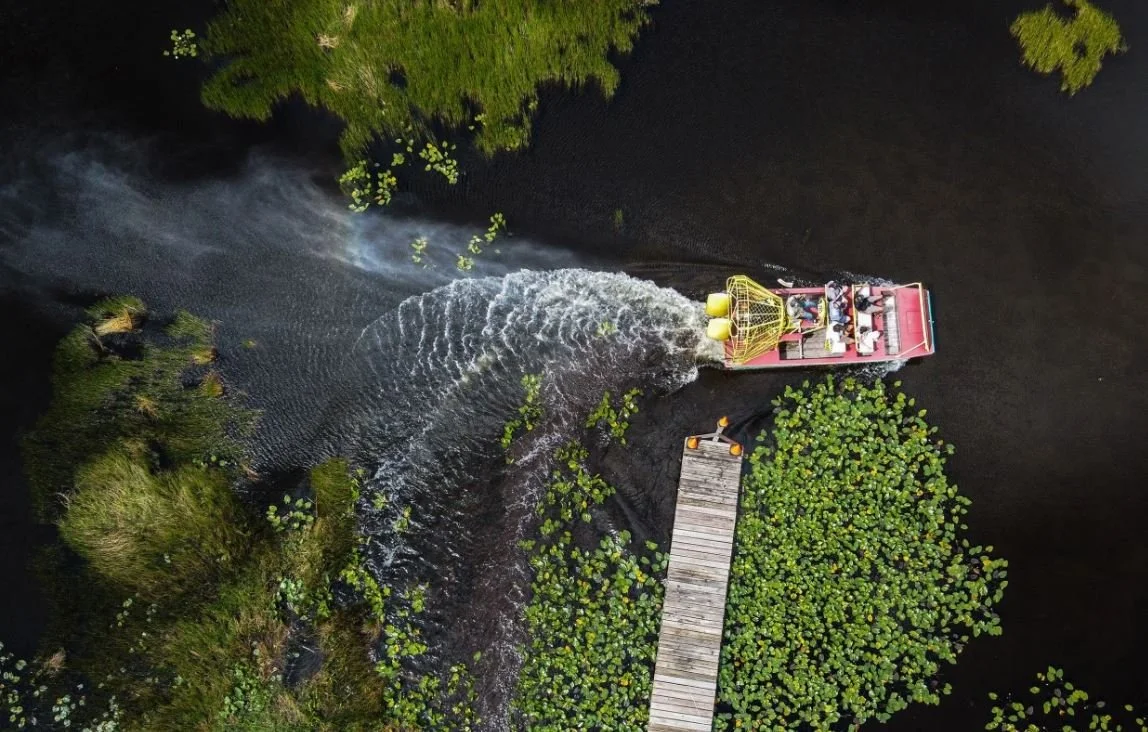Compostable packaging is popular for environmental reasons, but it can be treated with ‘forever chemicals’ linked to health problems
A group of toxic PFAS chemicals that industry has claimed is safe to use in food packaging are concerning and present a health threat because they can break off and end up in food and drinks, a new peer-reviewed study finds.
Photo by Clair on Unsplash
The subgroup of PFAS, called “fluorotelomers”, have been billed as a safe replacement for a first generation of PFAS compounds now largely phased out of production in the US, Canada and the EU because of their high toxicity.
But the Guardian revealed in 2021 how chemical manufacturers had hid research showing that fluorotelomers may also be highly toxic, and the new study highlights how the compounds can move from packaging into food. Researchers say the paper highlights the need to ban the use of PFAS in food packaging.
“The continued use of PFAS in food packaging should be questioned given opportunities for the chemicals’ release and exposure,” the study’s authors wrote.
PFAS, or per- and polyfluoroalkyl substances, are a class of about 14,000 chemicals often used to make products resistant to water, stains and heat. They are called “forever chemicals” because they do not naturally break down, and they are linked to cancer, liver problems, thyroid issues, birth defects, kidney disease, decreased immunity and other serious health problems.
For decades, the chemicals have been added to paper wrappers, bags, plates, cups and other food packaging to help repel grease and water that would otherwise deteriorate the products. The chemicals are also added to some plastic food packaging as a barrier to prevent spoilage, and are especially common in the type of molded fiber bowls often marketed as “green” and “compostable”.
The US Food and Drug Administration in 2020 reached a “voluntary agreement” with some packaging producers to a five-year phaseout of 6:2 FTOH, a fluorotelomer regularly used in food packaging, after the agency learned that chemical manufacturers had hid evidence of its toxicity.
The University of Toronto study coauthor Miriam Diamond said that researchers suspect that 6:2 FTOH and similar compounds are no longer being added to food packaging, but the chemicals’ presence may be a byproduct of the use of another group of PFAS called “fluoropolymers”.
Industry has claimed fluoropolymers do not move from food packaging into food because they are larger than most other PFAS. But the large structure can contain 6:2 FTOH, which Diamond said may break off from the fluoropolymer after the chemical is added to food packaging.
That process could create a loophole. While companies may no longer add 6:2 FTOH to food packaging and are in compliance with the phaseout, the compound still seems to end up in packaging after manufacture.
“They could say: ‘Hey, we’re complying – we’re not adding 6:2 FTOH,’” Diamond said. The process could also help companies skirt Canadian government’s de minimis levels for PFAS.
The study checked 42 pieces of packaging from popular fast-food restaurants that serve burgers, burritos, salads, fries, doughnuts and other common foods, and found PFAS in about half.
Researchers stored eight of the PFAS-contaminated products in a dark, enclosed area for two years and found as much as an 85% drop in PFAS levels, which proved PFAS breaks off from packaging.
“We were really dismayed,” Diamond said of the findings.
She noted the rate at which the chemicals broke off from the packaging was high despite the pieces being kept in benign conditions. Research shows PFAS migrates at much higher rates when in contact with food or liquid that is acidic or served at high temperatures, and the findings suggest a potential health threat, Diamond added.
“You don’t need a whole lot of release to increase the levels of PFAS in food, or to be introduced into the home or environment,” she said. “This shows how mobile the chemicals are.”
The research comes as the Canadian government and other nations work to phase out single-use plastics, which will increase global reliance on “compostable” molded fiber packaging that researchers found contained the highest PFAS levels. However, PFAS are not compostable because they do not degrade, and in 2020 a major sustainable packaging group that certifies products as compostable discontinued its certification of products that contain the chemicals.
The research found the levels at which the chemicals migrated to food and drinks would exceed advisory daily intake limits set for some PFAS compounds by the Canadian government and the EU.
The study’s authors wrote that switching from plastic to PFAS-tainted packaging raises a new set of concerns.
“It would represent a regrettable substitution of trading one harmful option for another,” the authors wrote.





